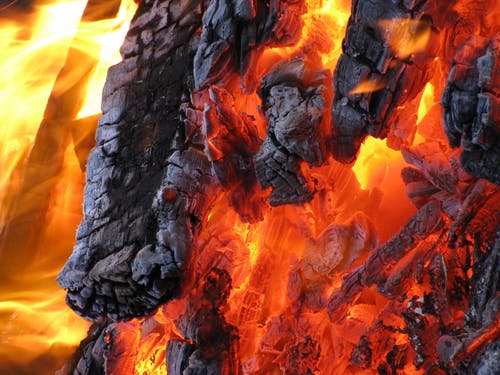In between the summer and winter seasons, there is autumn. It’s called fall in some locations since leaves fall from the trees during that time. It is the time of the year when people delight in the view of fall foliage, going apple picking, and taking a sip on pumpkin-spiced lattes. There are numerous exciting and relaxing things to do throughout the said season, which can often sidetrack individuals from the crucial things that need to be done.
If you want to protect your family and home from the winter, you should not procrastinate. Thankfully, this post will cover important suggestions to help you prepare your home for the coming season.
Five Winter Preparation Tips for Your House
Ice, cold weather, and snow can inflict much damage to your house. With the five preparation pointers we have listed below, you can help reduce the possible damage these elements can cause to your home.
1. Examine your fireplace
Make sure your fireplace, chimney, and vents are clean and in good working condition before you torchwood logs. If any repair work in your fireplace needs to be done, ensure to have it repaired before the winter season takes place. Doing this will help avoid chimney fires and carbon monoxide gas from polluting your home.
Whatever type of heater you are using in your home, always remember to be careful. According to a study, home fires are much more rampant during winter. In addition, heating devices are involved in 1 of every 6 reported house fires. Should a fire break out in your home and cause damages, you can employ this restoration company to prevent further damages from occurring.
2. Trim tree branches
Winter pruning will not just benefit trees as this can also be advantageous for your property to avoid interference with structures or sidewalks. Pruning or trimming trees is a crucial thing to do in preparation for winter. If you have trees beside your house, this practice is essential.
Extended tree branches on your roof can cause water to run into cracks in your house’s walls or sidings. When trimming branches, ensure any limbs or branches are at least 2 meters away from your house to avoid this from causing any possible concerns on your home.
3. Check your roof
No one wants a damaged roof after the snow strikes. A roof inspection is a must as this can help you see any potential issues before a winter chill occurs. Some roof concerns are easy to do yourself if you’re comfortable working on heights. Leaking roofs are also factors that can cause water damage in the house.
Problems like that can threaten your house and may affect its structure if not repaired immediately. A water damage restoration company offers services to resolve the said issue. No matter the season, inspecting your roof regularly is essential as this functions as your house’s first line of defense.
4. Insulate windows
Drafty windows or air leaks are among the culprits of increased energy bills throughout the winter, as this forces your heater to go overdrive to keep your house warm. In return, this can also create health risks for the residents. Insulating your windows, particularly the drafty ones, are important to keeping your house’s coziness and warmth in the middle of the cold weather.
5. Clean your gutters and downspouts
Make certain to clean your gutters every now and then. Clogged rain gutters can damage your house’s roofing, siding, and wood trim. Additionally, it can even cause leakages and ice dams when water backs up, causing costly repairs. Tighten your gutters and downspout brackets regularly and change any damaged or worn materials if needed.
